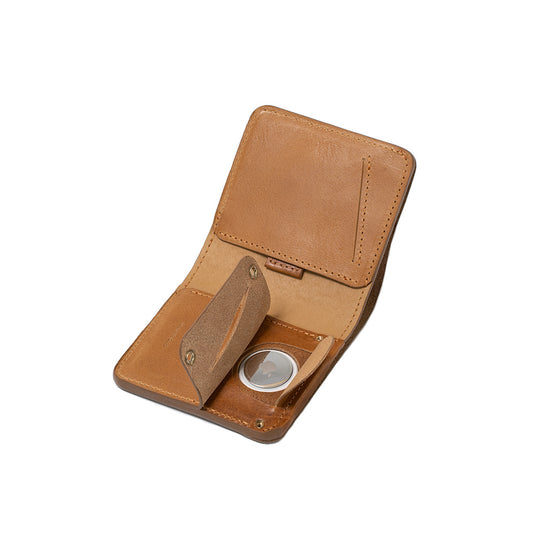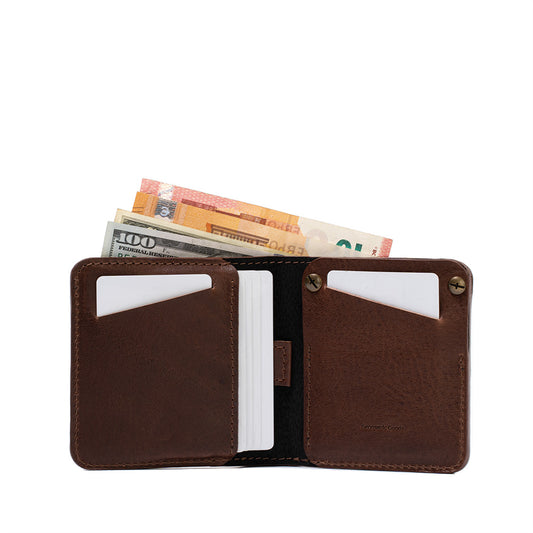
AirTag Setup
- Take remove the tab from your AirTag. When you remove the battery tab, your AirTag should make a sound.
- Then, place the AirTag close to your iPhone. If your iPhone does not instantly recognize your AirTag, lock your screen by pushing the power button on the side of your iPhone once. Then, unlock your iPhone and place it near your AirTag once more.
Note: If you are still unable to connect to your AirTag, ensure that Find My, Two-factor Authentication, Bluetooth, WiFi, and Location Services are all enabled. If it still isn't connecting, you may remove the battery from your AirTag by turning the back counter-clockwise. Then insert the battery and press down until a sound is heard.
Resetting an AirTag to its factory settings can be done by following these steps:
- Remove the battery cover from your AirTag. This can be done by pressing down and twisting the silver back of the AirTag.
- Remove the battery from the AirTag.
- Wait for a few seconds, then reinsert the battery. When you reinsert the battery, you should hear a sound indicating that the AirTag is powering back on.
- Repeat the process of removing and reinserting the battery five times. On the fifth time, you should hear a different sound. This indicates that the AirTag has been reset to its factory settings.
Please note that resetting your AirTag will remove it from your Apple ID and it will stop appearing in your Find My app. You will need to pair it with your device again if you want to continue using it.
Also, be aware that this process will not remove any Activation Lock that may be on the AirTag. If the AirTag is linked to an Apple ID via Activation Lock, you will need the Apple ID and password to remove the lock.

Our AirTag Wallets are designed to make your experience stress-free thanks to its secret AirTag pocket
How to Locate an AirTag on a Map
- Launch the Find My iPhone app. This is an app that comes standard with your iPhone. Swipe down on your home screen and type Find My in the search box at the top of your screen to find it.
- Then choose the Items tab. This may be found at the bottom of your screen.
- Finally, choose the AirTag that you wish to find on the map. You will only be able to view your AirTag's current position if it is within range of your iPhone or if the Find My network has recently recognized it. Otherwise, you'll just see your AirTag's most recent known position, along with a timestamp alongside the address. If your AirTags are out of range or you have an older iPhone, you can also tap Directions > Go to receive driving or walking directions to your item.
How to Find Your AirTag by Playing a Sound
- Launch the Find My iPhone app.
- Then choose the Items tab.
- Then, choose the AirTag that you wish to locate.
- Finally, press the Play Sound button. When you recover your lost AirTag, you may silence the sound by pressing Stop Sound.
How to Use Precision Finding to Locate Your AirTag
- Launch the Find My iPhone app.
- Then choose the Items tab.
- Then, choose the AirTag that you wish to locate.
- Then, to use Precision Finding, hit Find. This function will only be available if you see Nearby under Find.
- Finally, locate your AirTag by following the direction. When you've located your AirTag, use the "X" button to end Precision Finding. You may also have your AirTag play a sound by tapping the speaker symbol at the bottom of your screen, or you can make things easier to see by tapping the flashlight icon.
When using Precision Finding, your iPhone's camera must be exposed. If the Precision Finding function isn't working for you, try moving about with your iPhone until it picks up a stronger signal.
If you still can't find your AirTag, you may activate Lost Mode, which allows you to enter your phone number or email address so that the finder can contact you and return your item.
How to Use Siri to Locate an AirTag
To locate an AirTag using voice commands, just say "Hey Siri, find my..." followed by the name of your AirTag. Your AirTag will then begin to play a sound, allowing you to find it by ear. This feature is compatible with iPhones, HomePods, and other Apple devices.









